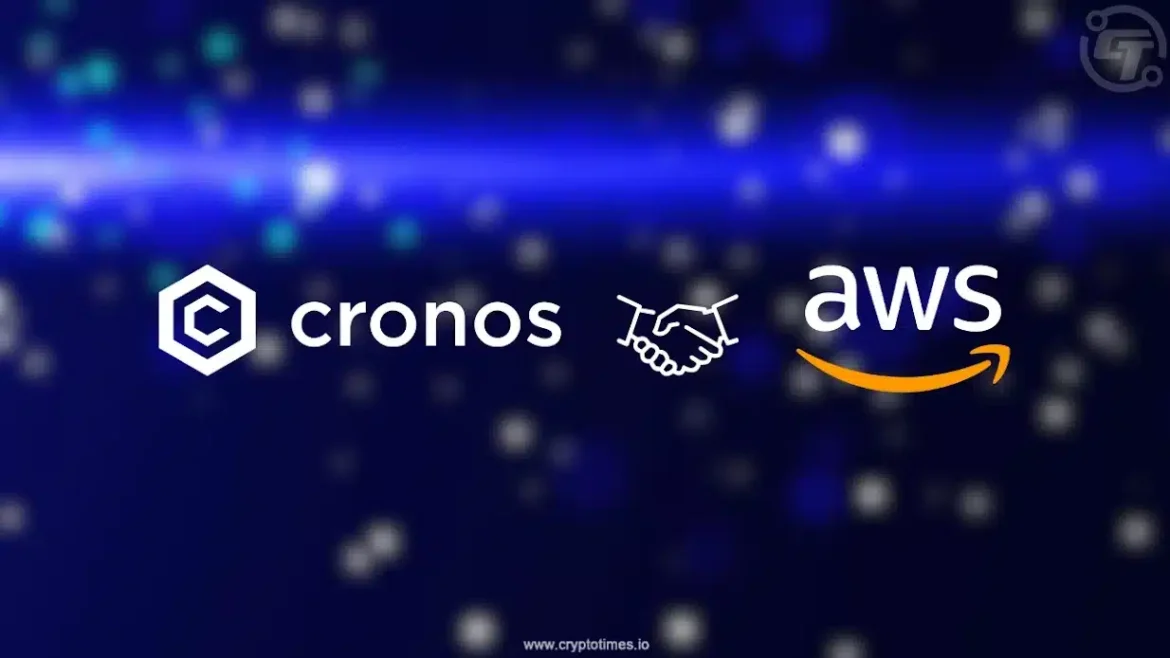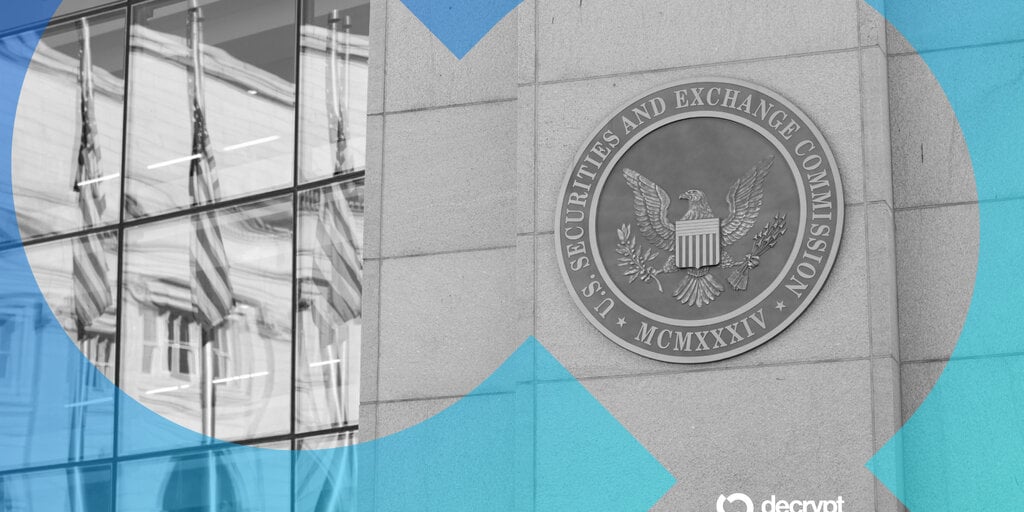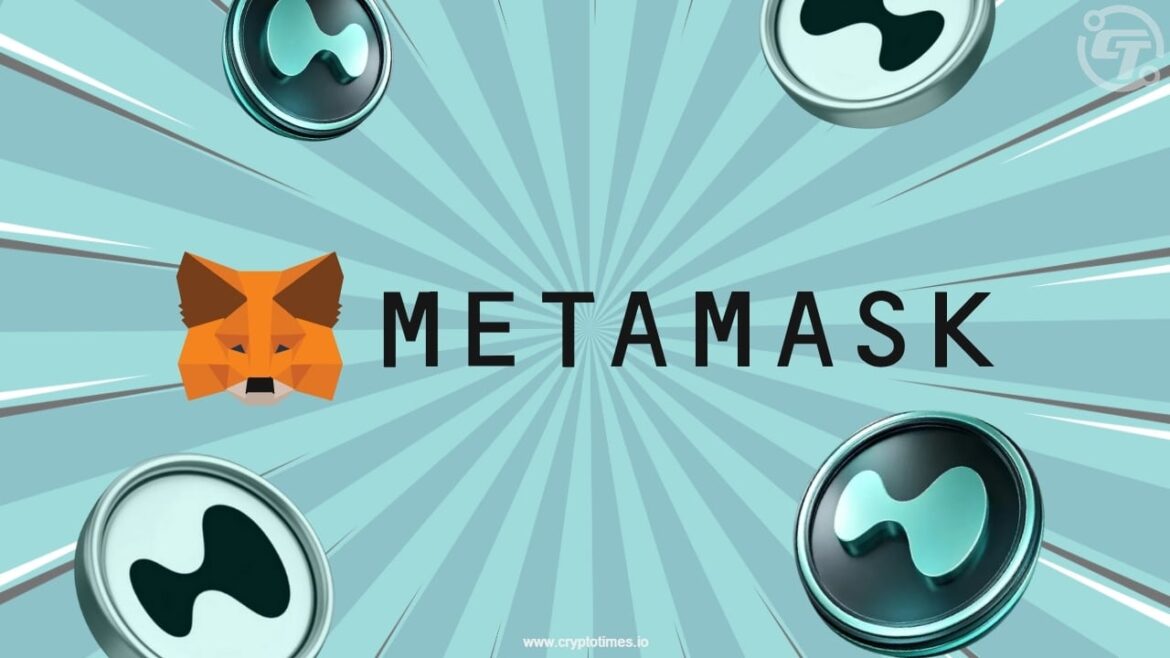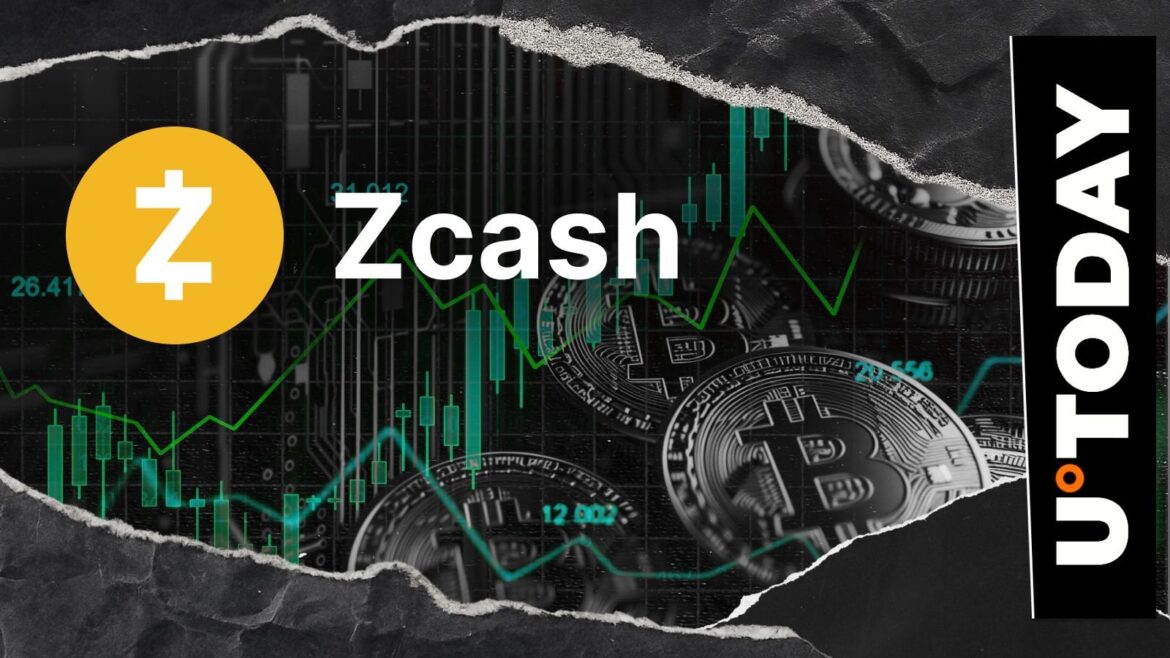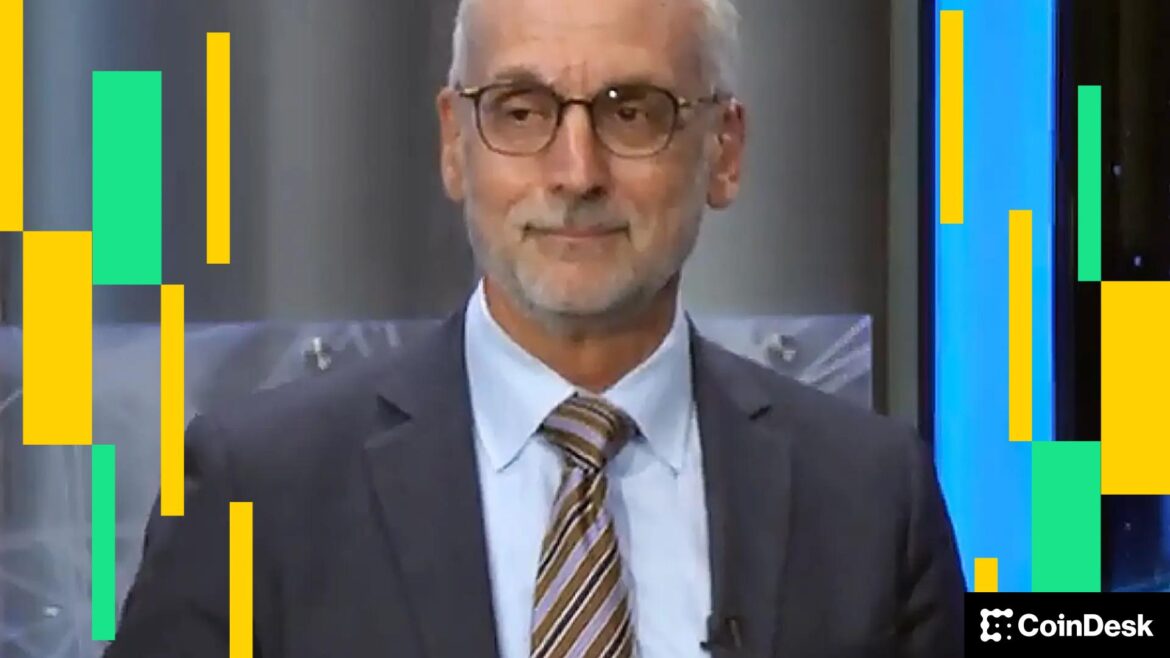Cronos, an Ethereum-compatible blockchain ecosystem, announced a collaboration with Amazon Web Services (AWS) on September 30, 2025.
The partnership focuses on integrating Cronos into AWS’s cloud infrastructure with three priorities: making blockchain data accessible, offering credits to startups, and providing access to AI tools.
AWS Integration for Blockchain Data
A central element of the partnership is the inclusion of Cronos’s blockchain data in AWS Public Blockchain Data. The dataset is intended to provide a reliable source for developers, analysts, and institutions that require consistent reporting and compliance-ready information. By simplifying access, the integration lowers technical barriers for building applications on Cronos.
Support for Startups with Cloud Credits and AI
According to an announcement on X, startups working in the Cronos ecosystem may receive up to $100,000 each in AWS credits.
Cronos is collaborating with @awscloud Amazon Web Services (AWS) to accelerate institutional adoption of tokenization & RWA.
The collaboration has 3 key pillars:
➡️ Cronos EVM Data on AWS (Beta) Public Blockchain Dataset
Making Cronos data easily accessible while building a… pic.twitter.com/A4sahiOevo
— Cronos (@cronos_chain) September 30, 2025
The goal is to reduce infrastructure costs and support early-stage development. In addition, developers will have access to AWS AI tools, including Amazon Bedrock, to build and deploy AI-enabled applications on the Cronos blockchain.
Context for Institutional Finance
The initiative reflects a trend of blockchain ecosystems working with established cloud providers to address institutional needs around security, scalability, and compliance. Cronos has outlined goals of reaching $10 billion in tokenized assets and 20 million users by 2026.
The collaboration with AWS is intended to align its infrastructure with standards that may appeal to financial institutions exploring tokenization and real-world asset (RWA) projects. Which has become a growing focus across financial markets in 2025, with banks, fintechs, and asset managers piloting tokenized products.
The Cronos and AWS collaboration links blockchain data availability, startup support through cloud credits, and access to AI tools. Set against the wider growth of RWA initiatives, it shows how cloud and blockchain infrastructure are being combined to support new development and potential institutional use cases.
Also read: Mirae Asset Taps Avalanche for RWA Tokenization in TradFi Push

